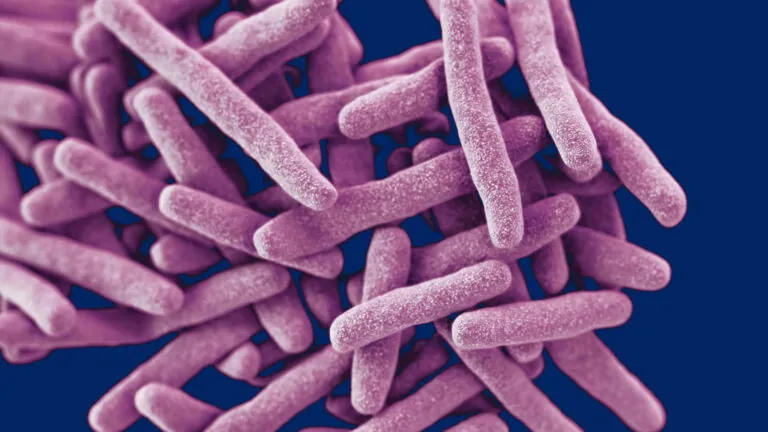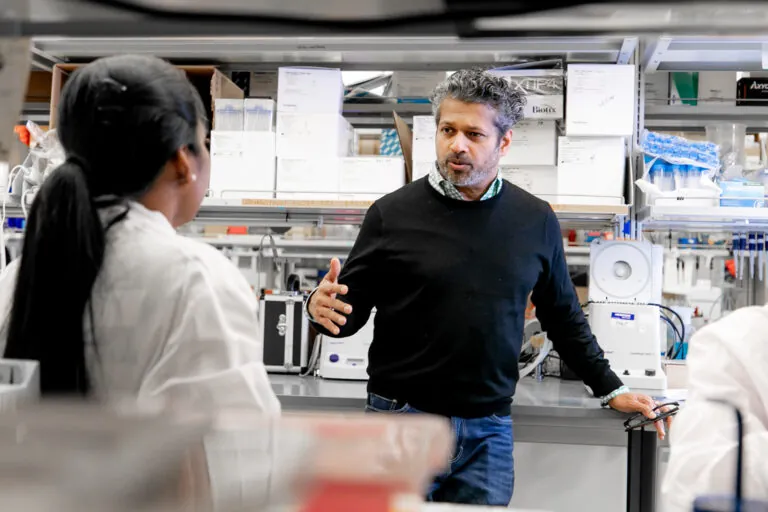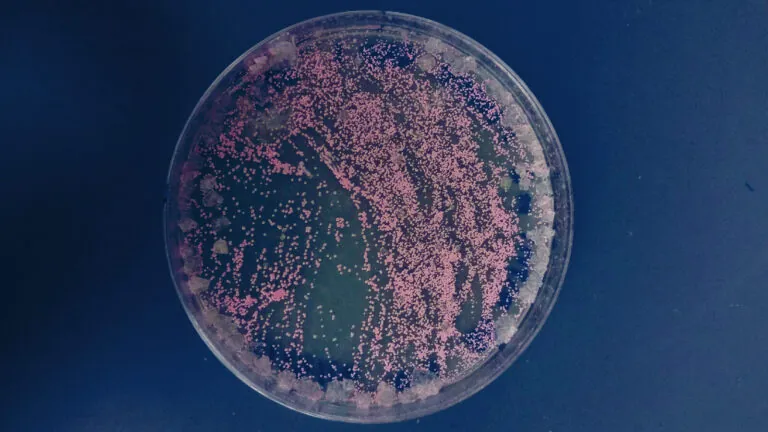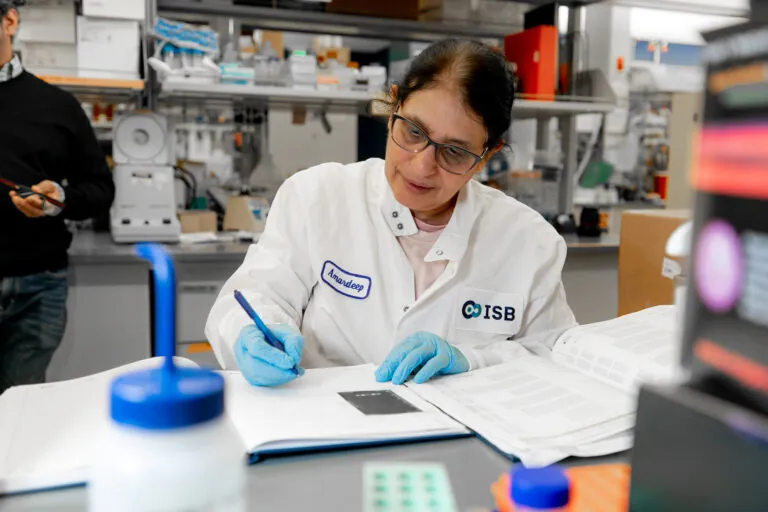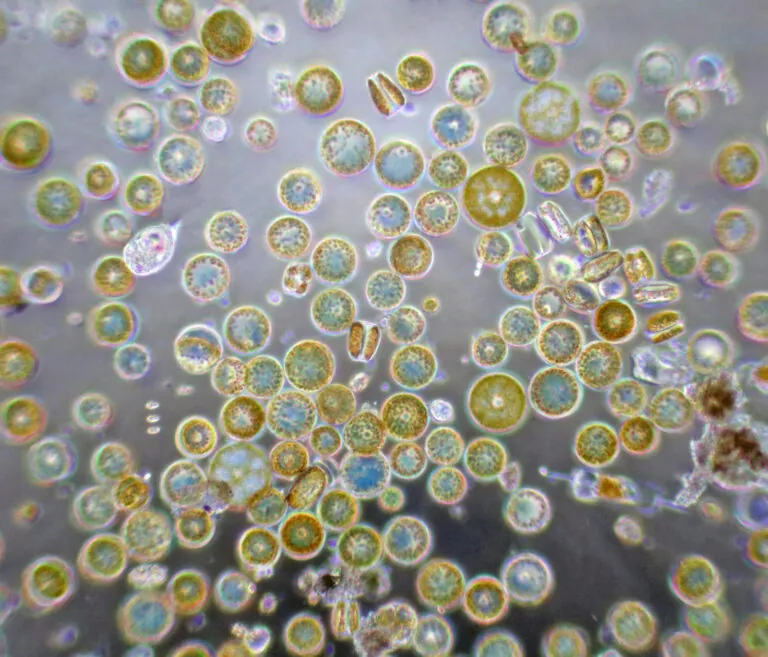
2024-25 School Year ISB Education Highlights
This summer at ISB, 12 college interns dove into research and a science-themed book club, while five education programs engaged 150+ high school students in hands-on learning, data science, systems thinking, and leadership – thanks to generous partners and supporters.



